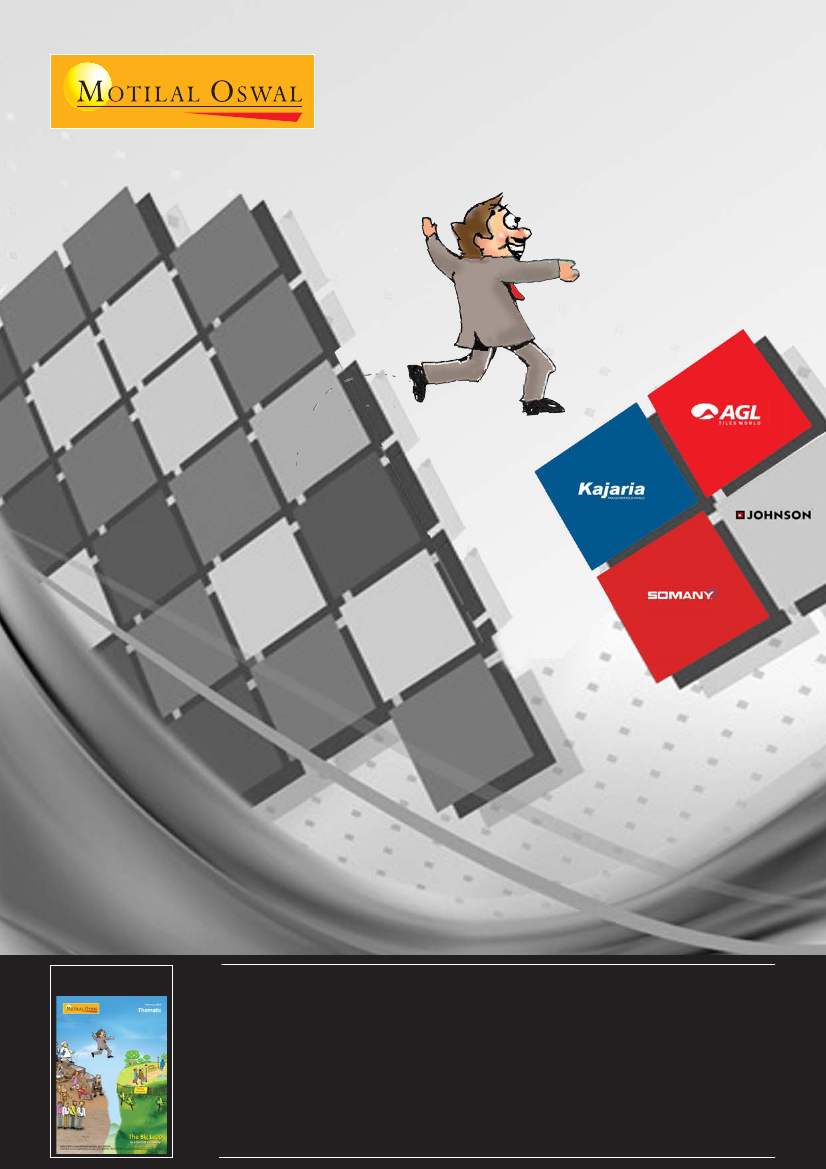
India Strategy | Get
| April
please !
Thematic
on track
2017
The Big Leap
to a formal economy
Volume 2.1
Volume 1
Ground Reality
Tiles
Sandeep Gupta
(S.Gupta@MotilalOswal.com); +91 22 3982 5544
Somil Shah
(Somil.Shah@MotilalOswal.com); +91 22 3312 4975
Mehul Parikh
(Mehul.Parikh@MotilalOswal.com); +91 22 3010 2492